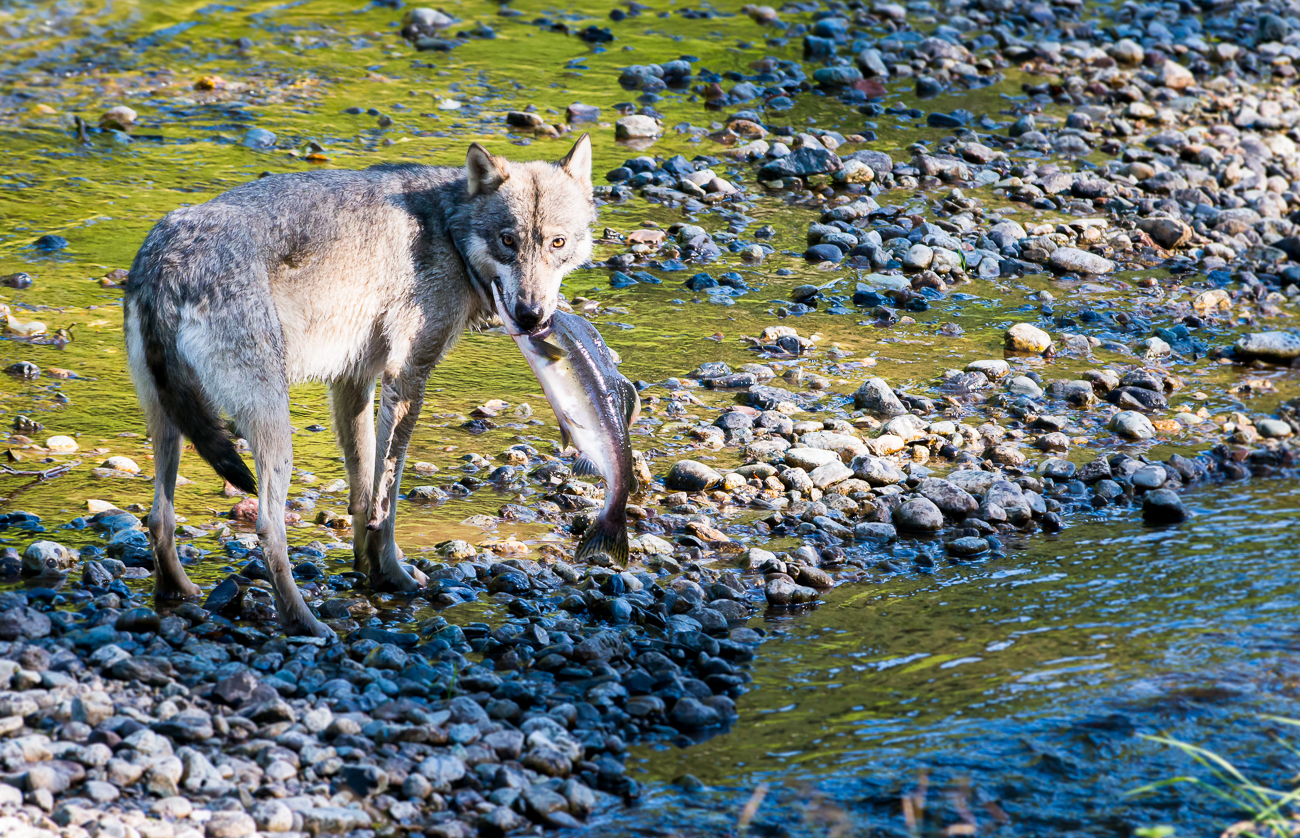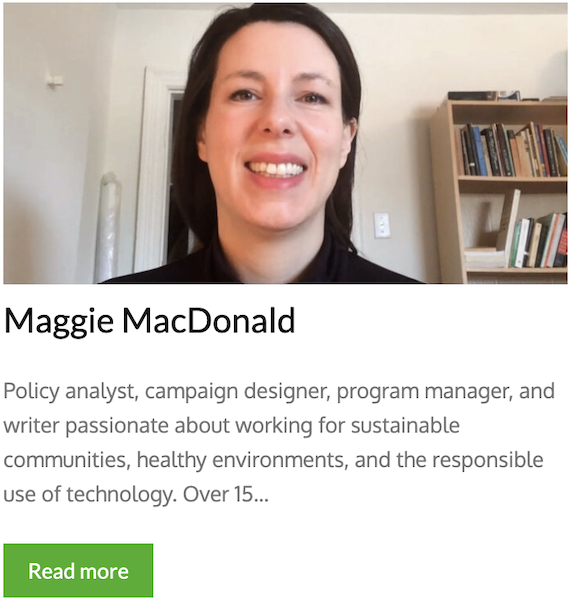keep going
Chapter Ten
 “I think there’s this this belief that you shouldn’t look wrong; that you shouldn’t make mistakes; that it’s somehow humans always be perfect all the time. And it’s a reality so many of us deal with, whether it’s in school, whether it’s in the workplace, whether it’s in sport. There’s this thing that you shouldn’t fail.”
“I think there’s this this belief that you shouldn’t look wrong; that you shouldn’t make mistakes; that it’s somehow humans always be perfect all the time. And it’s a reality so many of us deal with, whether it’s in school, whether it’s in the workplace, whether it’s in sport. There’s this thing that you shouldn’t fail.”
Paul McIntyer-Royston understands failure.
“I’ve had some big failures in my life. And they continue to be a part of every aspect of my life. But I’ve learned so much. Actually, I’ve learned a little bit more from failure than success.”
But because Paul is willing to fail – and willing to learn from failure – he’s had incredible success too.
“When you dream big, you’ve got to anticipate there’s an incredibly high likelihood of failure. And if you think about all the big companies of today, all of those FAANG companies, they did kind of start that way, regardless of where they are now. They really did start from this ambition, this fight. And they’ve been able to do a lot of things in the world.”
By dreaming big, so too has Paul. He’s one of Canada’s leading fundraisers, having helped hospitals, libraries and even the Canadian Olympic Foundation find the resources they need to aim for Jupiter.
“People get more inspired, the bigger and bolder you are. Now, you have to come across and be authentic about it and passionate about it. It has to be real. It can’t be forced. You can’t have this fake goal that you’re just trying to reach to reach halfway. It has to be: ‘If we do this – if we achieve this mega thing – then all these other things happen as well.’
“And, so, even if you don’t achieve that, you sort of ladder up to almost there, and it’s to aim for Jupiter and you might just reach the moon or the stars or Mars or wherever you want to be.”
Paul believes that if we foster a society that understands and accepts failure as part of the learning and doing process, there is a greater likelihood that more people will aim for Jupiter, helping people and nature along the way.
“That’s the kind of society I want to see. Where everybody regardless of opportunity, and where they are in their lives, can seek out and do something big and bold, if that’s where they feel a calling to.”
 To embrace failure – to stare failure in the eyes and overcome it – what’s required? Paul tells us, “The number one would be tenacity – tenaciousness. To be able to sink your teeth into something and not let go. A lot of high school students aren’t there yet. Those are skills and some will have it naturally. But certainly, you can build it over time. And this ability to not let go and to stick with something because you’re so into it and so passionate about it is key.”
To embrace failure – to stare failure in the eyes and overcome it – what’s required? Paul tells us, “The number one would be tenacity – tenaciousness. To be able to sink your teeth into something and not let go. A lot of high school students aren’t there yet. Those are skills and some will have it naturally. But certainly, you can build it over time. And this ability to not let go and to stick with something because you’re so into it and so passionate about it is key.”
And increasingly, as a society, we’re increasingly encouraging tenacity and accepting failure because it allows for the kind of open-sourced learning that moves innovation forward, as social entrepreneur Gena Rotstein explains.
“It’s now sexy, if you’re in the tech industry, to fail and then tell everybody that. They had failure wakes in Silicon Valley and ‘Failure Friday’s’, where if you’re working in an innovation hub, you stand up and you tell what failed that week or that month or that quarter. So, it’s starting to become sexier. But in the school system, they’re not allowed to fail.”
Paul McIntyer-Royston agrees we haven’t gone far enough to show people that failure is okay – that it’s part of the journey, part of success. Paul argues, when we, as a society or as individuals, don’t embrace failure, our creativity is lost. Why?
“I think it’s this fear of being judged, of being seen as being different, as being outside of a traditional box. It’s uncomfortable and it’s hard being that way. I’ve struggled with that for years. I’ve always been a little bit different. I’ve struggled with obesity my entire life. I stood out partially because of that. But there’s so much potential in Canada to lead the world in so many different areas. And yet we tend to stunt that. Even myself, I feel this pressure to tame my ideas. And I’m, like, why? Why are we doing that? What is the reason for that, if not just a fear of failure.”
Yet Paul has resisted the urge to tame his ideas and, as a consequence, more athletes have excelled beyond their wildest dreams and captured gold for Canada; more libraries have re-imagined their role in our society and are speeding up the democratization of university-level education; more hospitals have strived for better care, newer technology and cures that once seemed impossible.
And if that’s all possible because one person decided to embrace the risk of failure, we should all fearlessly embrace failure as well, right?
 Well, there is a catch.
Well, there is a catch.
Of course there’s a catch.
All failure isn’t created equal. Not all failure is good failure. Sometimes a failure is just that: Failure.
For decades we feared failure, but now – in some places and spaces – we’ve gone too far the other way – celebrating process over outcomes, failure over success.
 But angel investor Randall Howard argues we can teach the difference between good failure and bad failure.
But angel investor Randall Howard argues we can teach the difference between good failure and bad failure.
“Good failure is where you learn and you move forward and you’re stronger and you are much more informed of what you’re doing. Bad failure is where you have a stupid idea and you keep going even when the world out there shows you your idea was stupid and yet you still don’t adjust. That’s probably bad failure.”
That difference is easy to understand in, say, Silicon Valley, where investment makes it clear what’s working and what’s not. However, Canada isn’t a tech incubator.
A policy idea or proposed scientific study or new visual story might not receive funding or public support and still be a good idea worth pursuing. It might simply be an idea ahead of its time.
It’s why every aspect of life shouldn’t mimic the Silicon Valley’s model.
Sometimes the path is less obvious or even less popular and that’s a good thing. Sometimes being forced to go it alone is a sign of bad failure, but sometimes it’s the only option; the right option.
Which raises a critical point: In this scenario, how do we actually know when to “never give in” and when to cede to “good honour and good sense”?
Artist Maggie MacDonald argues, “I think you need to get better with each run. So, each time you do an iteration of your project or each time you do a campaign, hopefully you’ll amass wisdom and learnings that you take with you. As long as you’re setting your goals to do better each time and making sure that your personal best gets a little bit better with each effort, I think that’s the key thing.”
But as hunting advocate Anthony the Thankful Outdoorsman counters, “the only problem with that is that you don’t know what you don’t know.”
It’s why to really understand the difference between good failure and bad failure – to know when to “never give in” and when to cede to “good honour and good sense” in moments “great or small, large or petty” – we need a little help from our friends.

